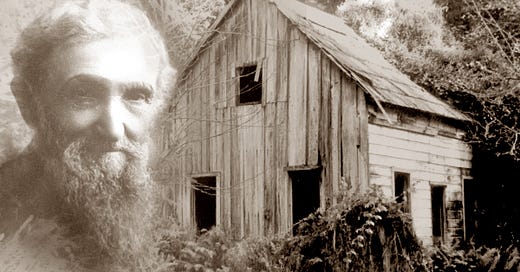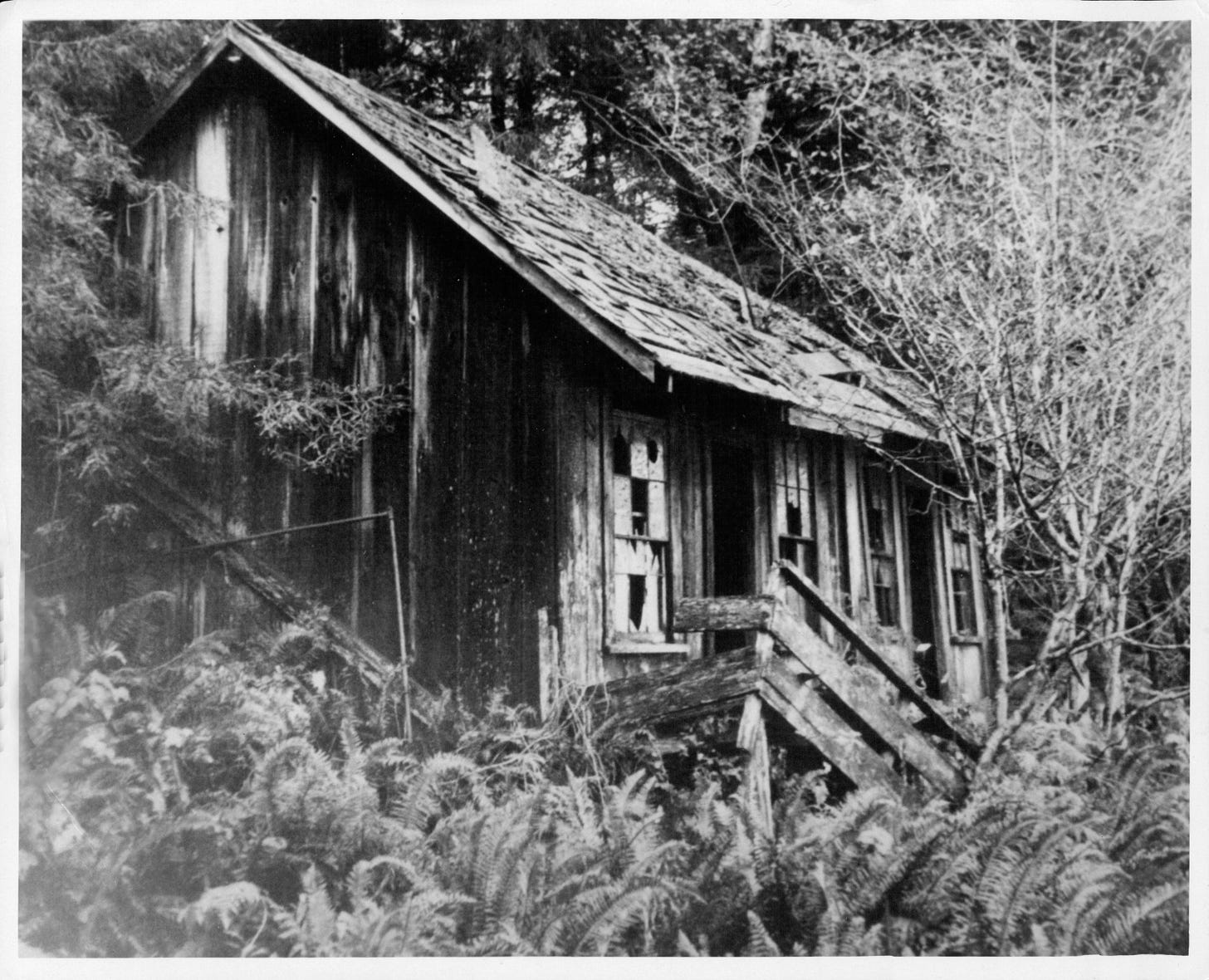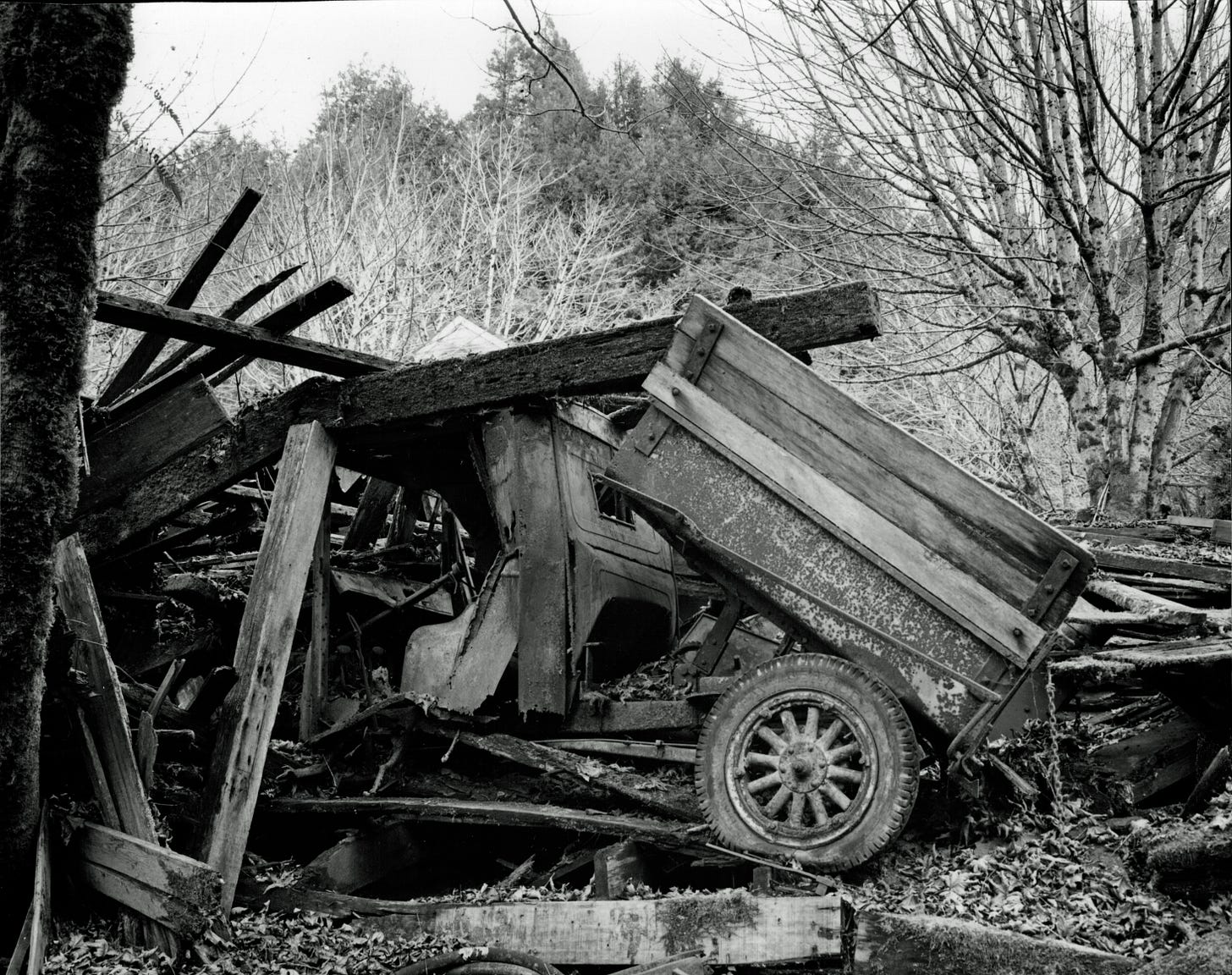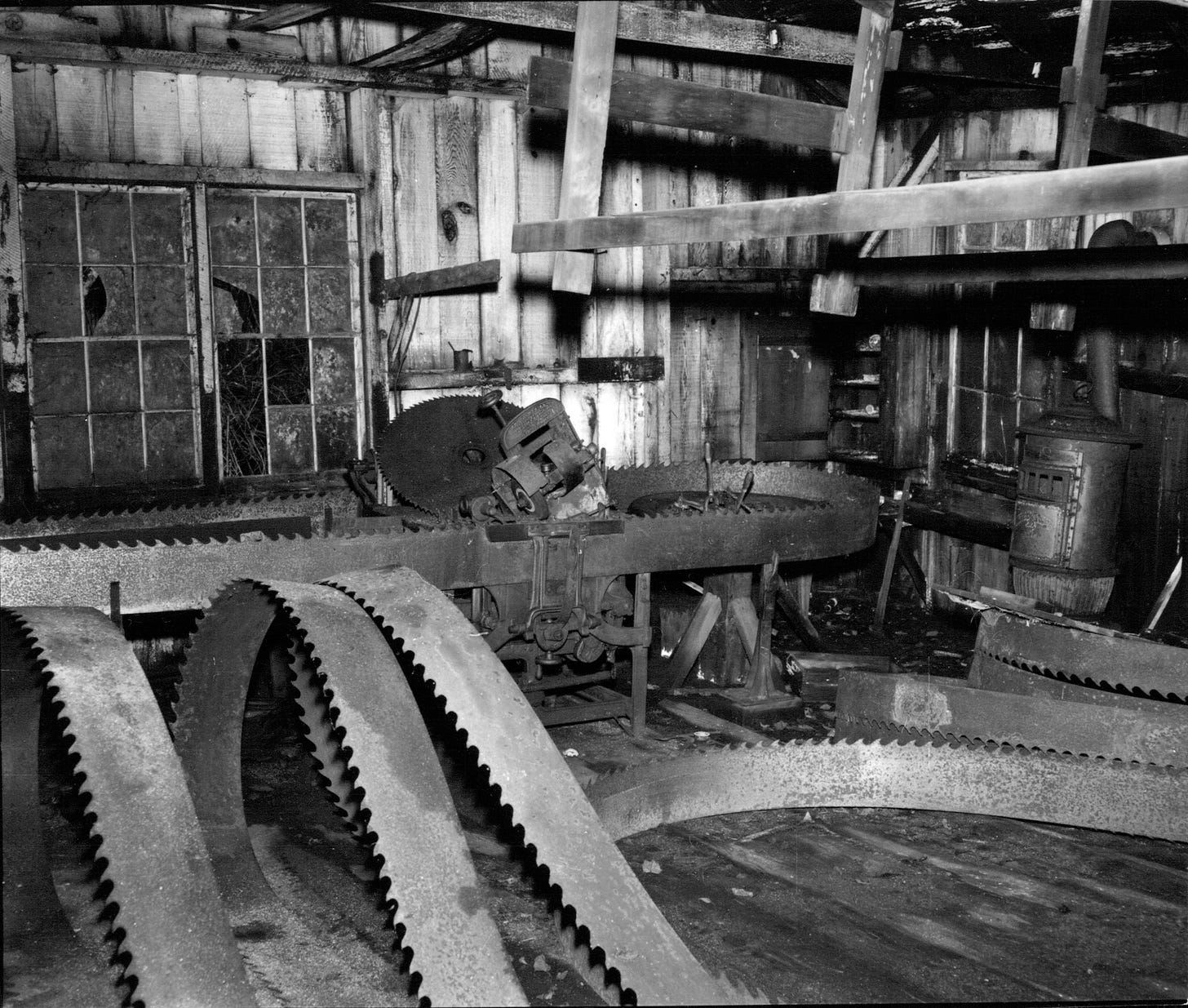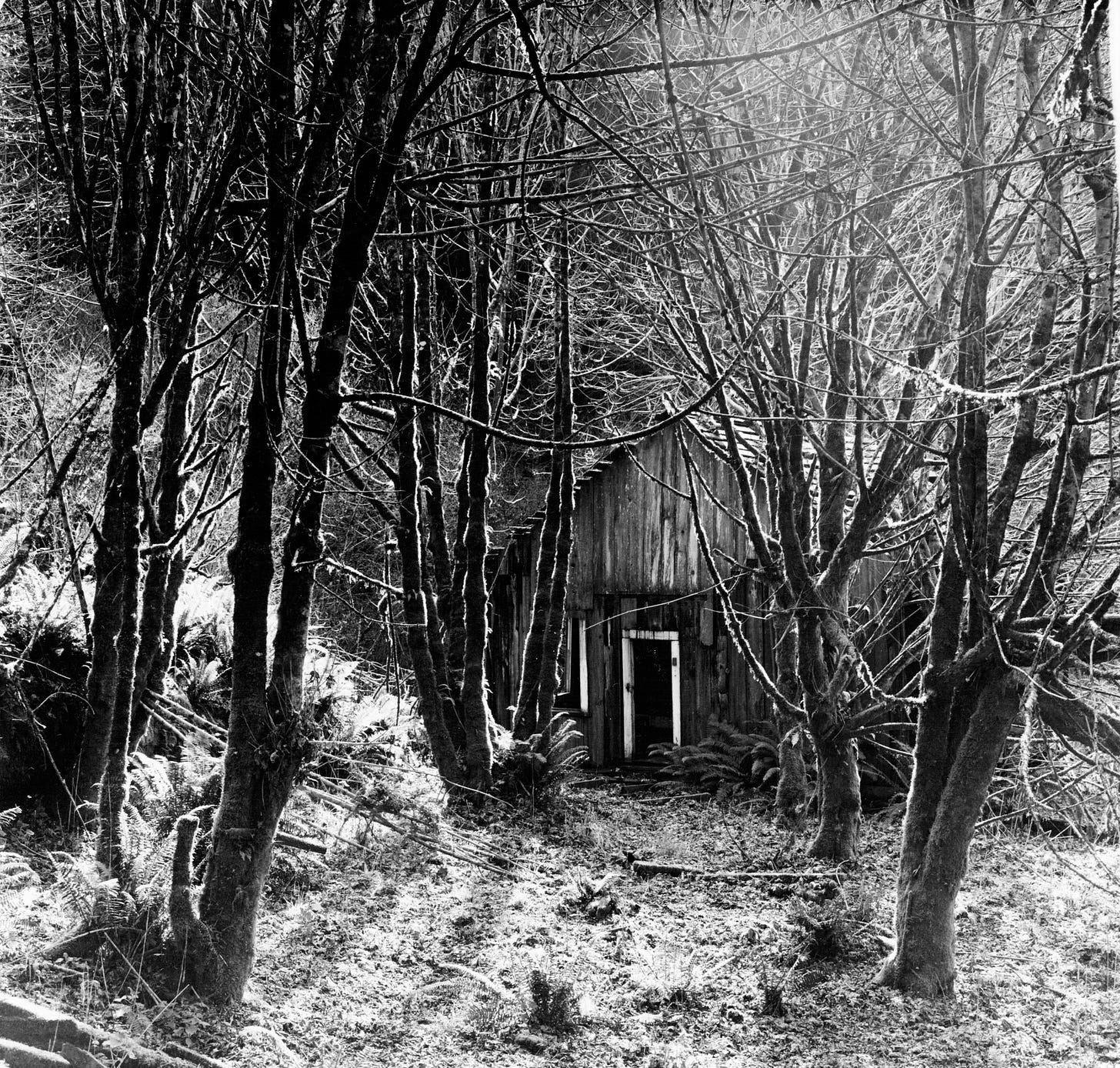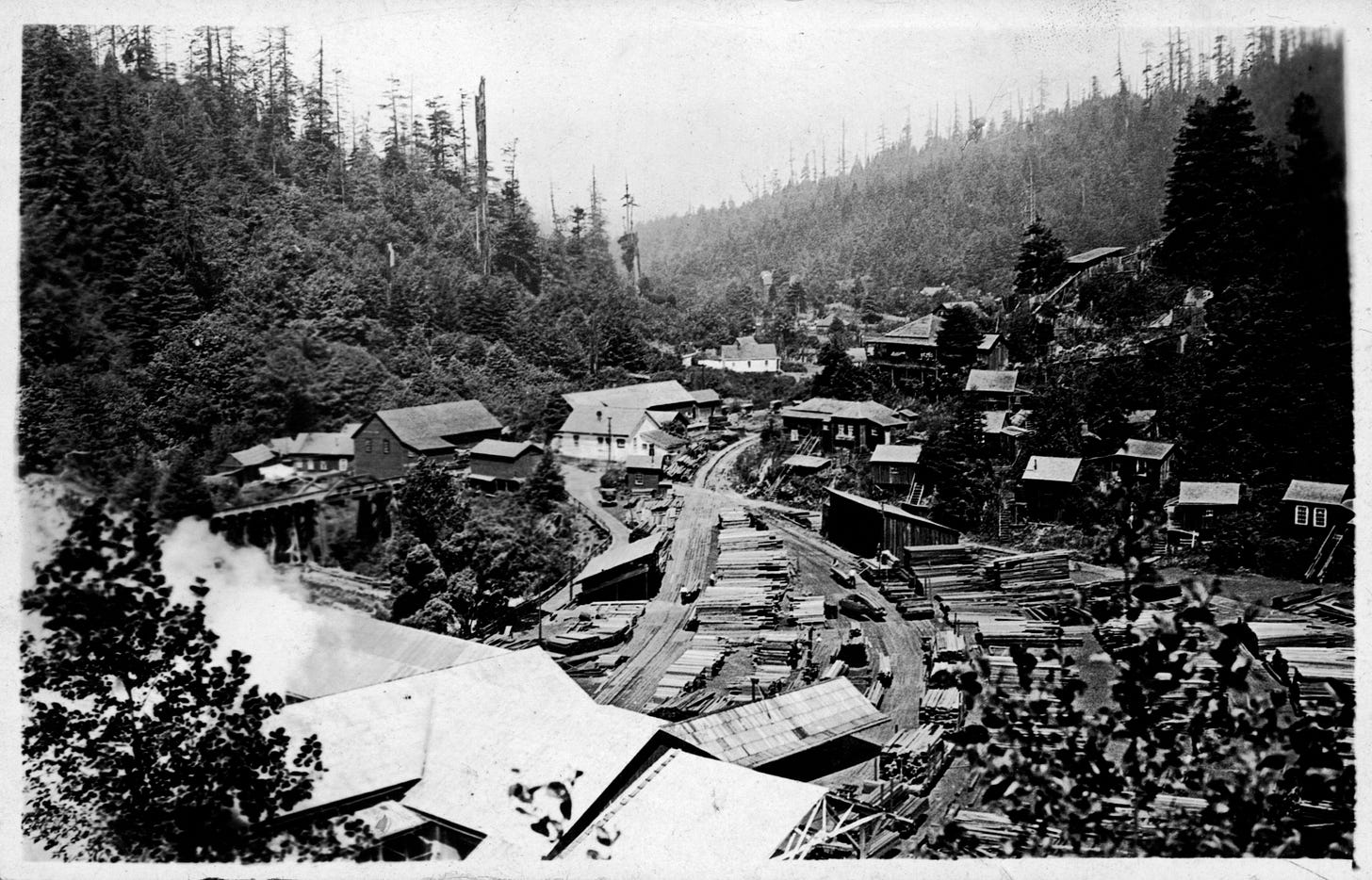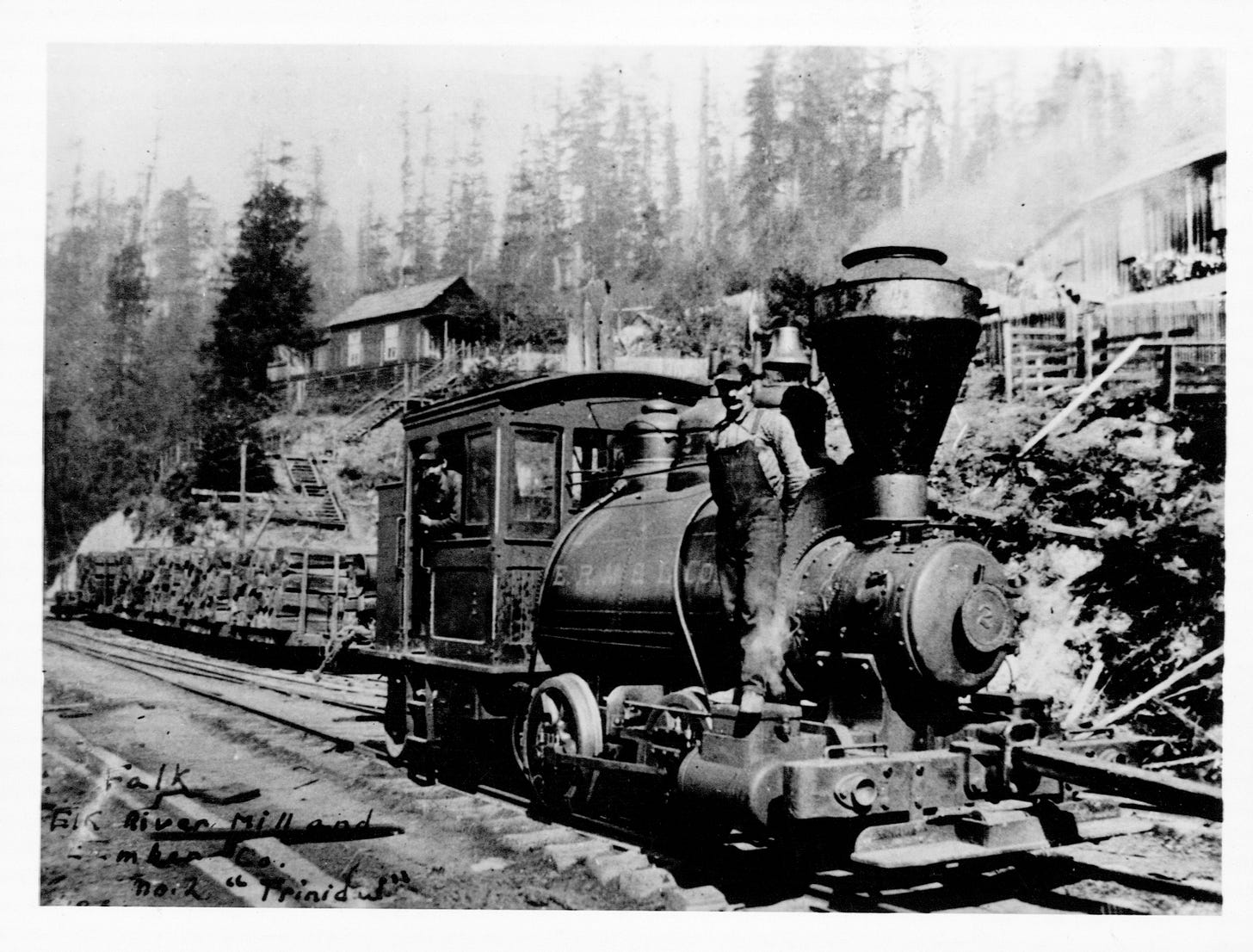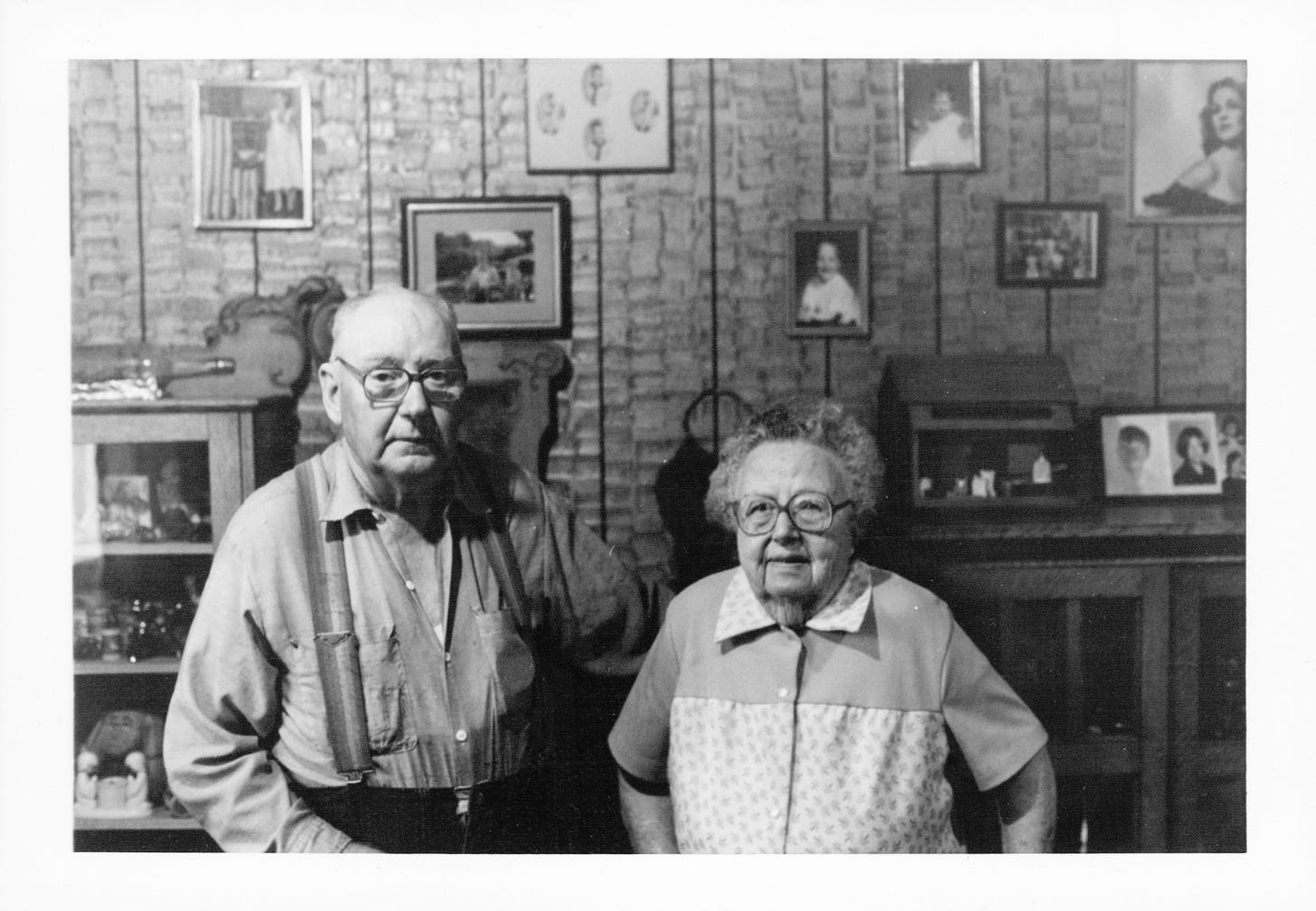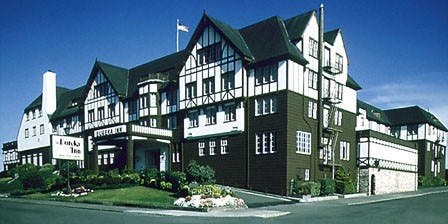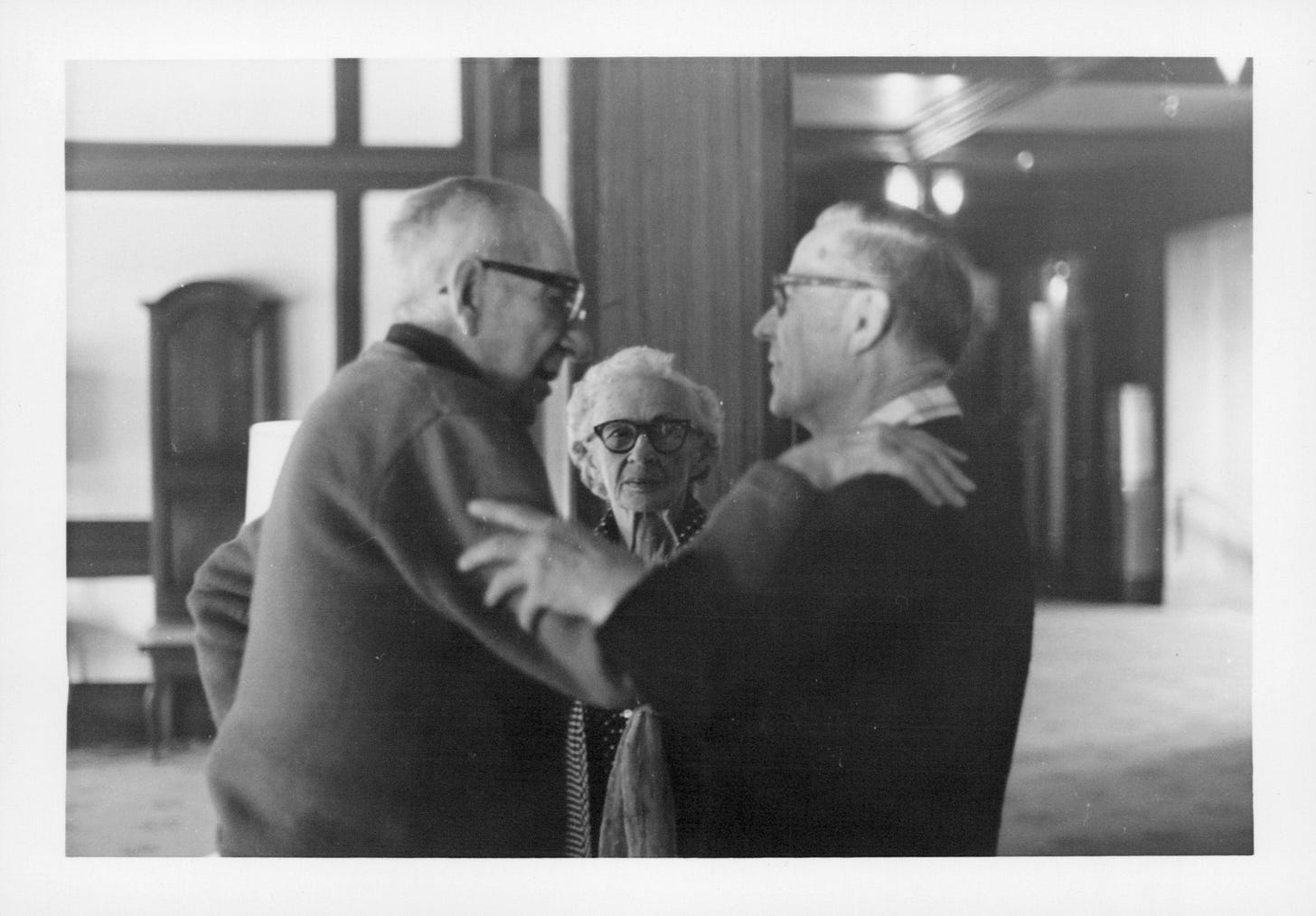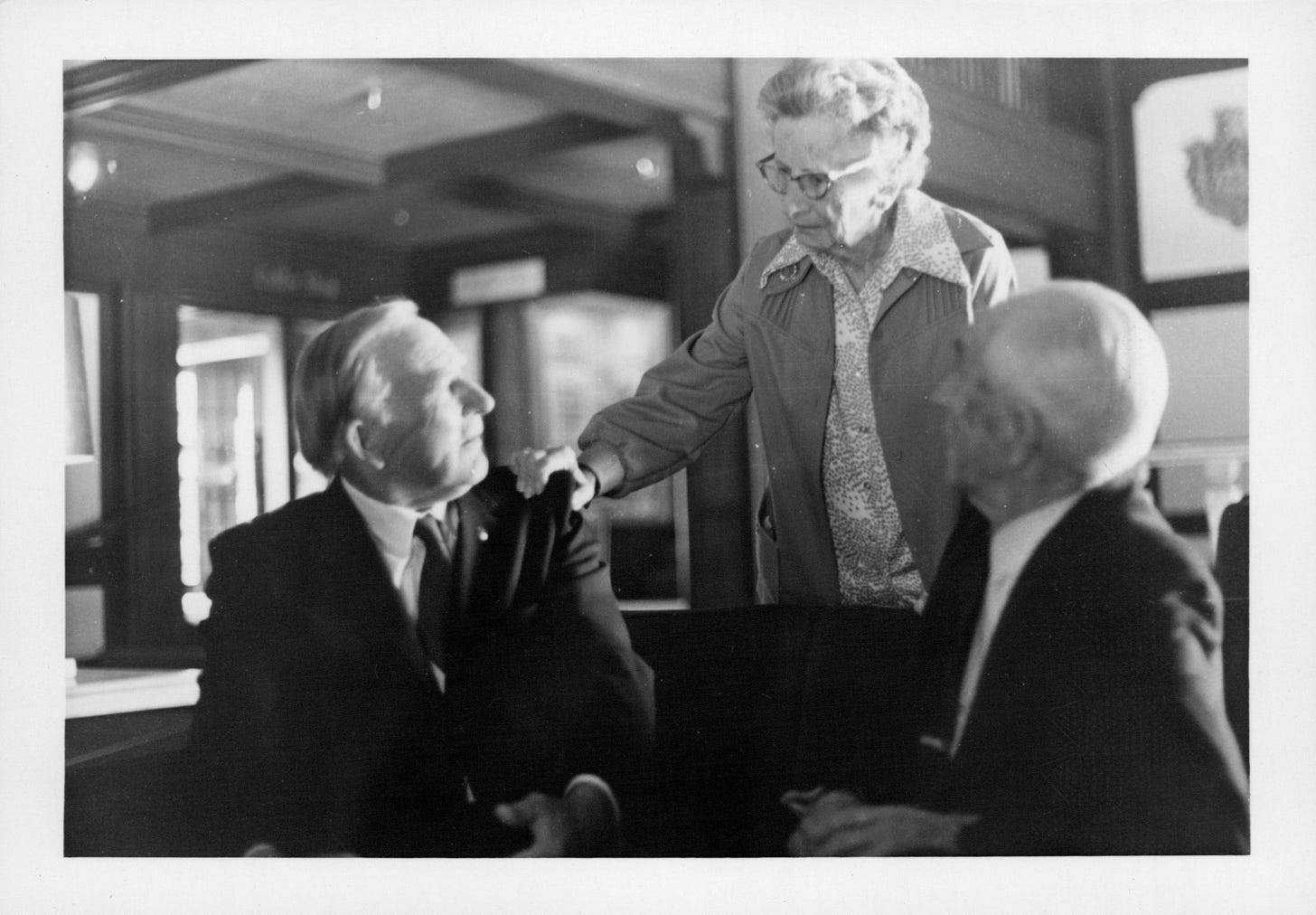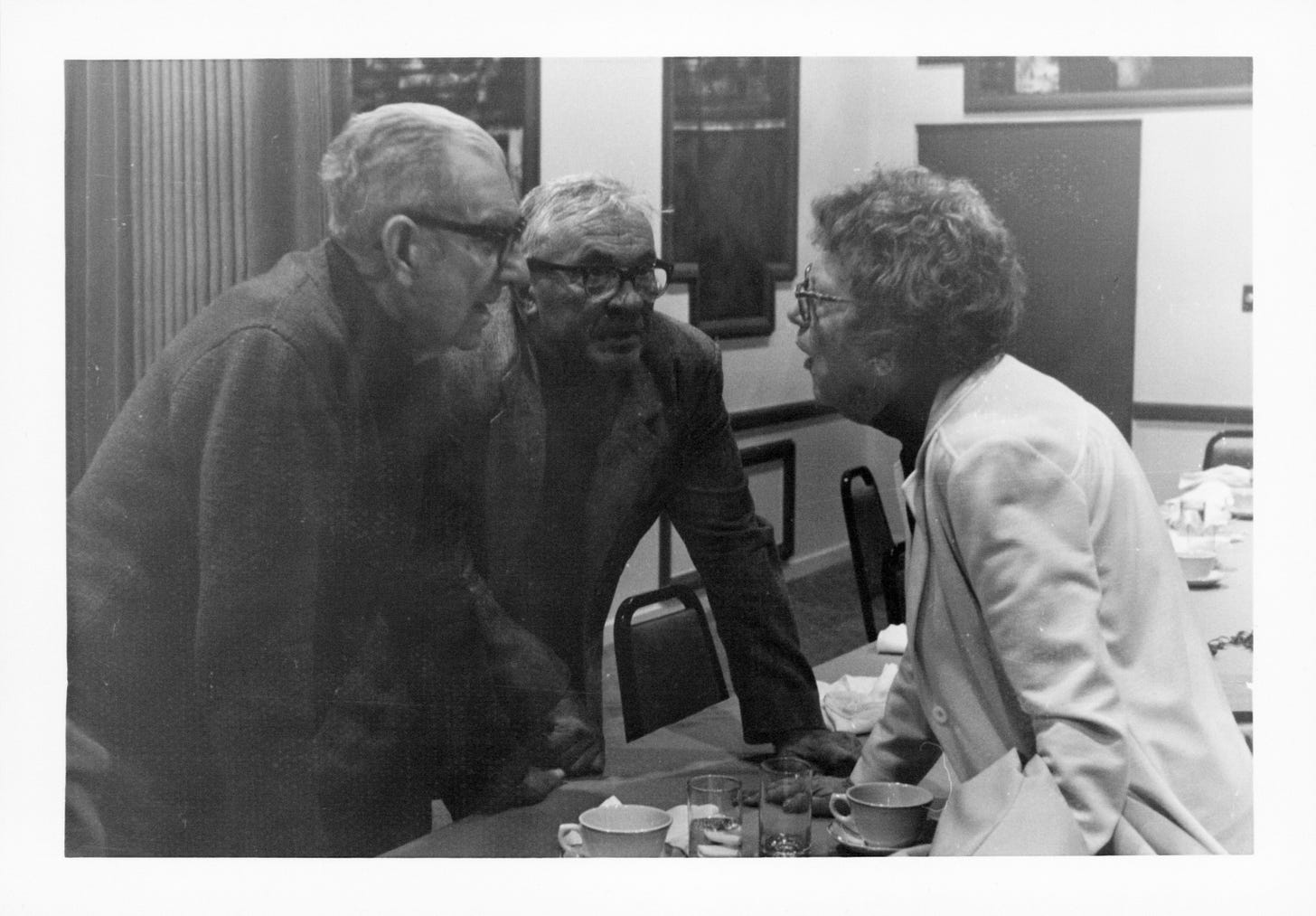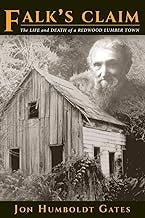Ghost Town Reunion - Falk, California
What if your hometown didn’t exist anymore? It was gone. It had fallen into ruin and become a ghost town. And now, 50 years later, you are invited to a Ghost Town Reunion!
Author’s Note - This story is based on the book, Falk’s Claim - The Life and Death of a Redwood Lumber Town.
I’d spent about ten years reconstructing the history and writing a book about an old ghost town in the hills of Humboldt County, California when the idea of a ‘Ghost Town Reunion’ hit me. Over the years, I’d met scores of older people who’d grown up as kids in the mill town of Falk. My great grandfather had also lived there in the late 1890’s.
The people of Falk told me their stories, the stories of the town, the mill, the woods, of the people and the times. Most of these folks were in their 80’s and 90’s when I met them and sat down to record their oral histories.
At first, some were suspicious why I came knocking on their door and asked so many questions about their past, and about living in a forgotten town. But the deeper we got into conversations, the more they remembered and recounted events from their early lives. It soon became clear that these were some of the best times in their lives because of the simplicity of everyday living and close sense of community and friends that existed in Falk. But most of them had not seen each other in over 50 years.
That’s what sparked the Falk “Ghost Town Reunion” of 1984.
*****
In a way, the Falk Reunion for me was a seance of the past. Back in the 1960’s, I would wander in the old ghost town for hours some days, walking through the mill, the saw filers’s room with all the tools in place, the general store with shoes on the shelves, a safe and receipts in the drawers. It was a place that prompted imagination and curiosity. There was a black bear that lived around the town. We’d cross paths on occasion.
Though long abandoned, the freight station still stood with two model T trucks in the basement. Over the years I would witness the freight station collapse around those old trucks until only the trucks remained. They stood near a rusting gas station pump from the 1930’s.
There was a whole town to be discovered, embedded in the forest. The post office was still intact. The train roundhouse, crew cabins with wood stoves, the houses with steel bed frames, iron bathtubs, and walls plastered with old newspapers for insulation under rotting wall paper were all preserved. Then there was Jonah Falk’s home, the mill manager, which had the broken pieces of a grand piano strewn about its main floor along with other furniture.
I was fascinated and in wonder at the remnants of a once vital community, laid to waste by an economic cycle that doomed every job in the company town. I used to wonder - who were the people that lived here? Why did they leave? What could force people to leave so much behind?
It wasn’t a big town, maybe three hundred people in its zenith, founded in 1883 by Noah Falk and built by his brother Elijah. Brother Jonas ran the mill. But now it was abandoned, in decay, with the forest and habitat coming back to claim what was carved out of its midst all those years ago.
*****
The catalyst that sparked my interest and curiosity to write about the town happened in 1972 when I attended Humboldt County’s College of the Redwoods. I took a local history class from Chad Hoopes. On the first day of class, Chad said find a local historical subject that is of personal interest and write a term paper on it.
In the county archives at the time, there was only a two page typed history on the town of Falk. I would complete my paper and continue on from there for the next 10 years, compiling the interviews, the history, and the photo imagery for Falk’s Claim.
All the people I’d interviewed over the years told me the stories, described the life, bringing it alive in emotions, scents, and sounds. They recalled the schoolyard and church festivities, the mill whistle, the steam engines, the lone bell clanging as a locomotive carried a fatally injured logger on a flat car into Eureka while his wife and son looked on, supported by neighbors and friends.
Then there were the marriages, the dance hall, and ten year old Chester Barnes pouring spirited drinks at the dances making more money in a single night than the woods’ boss, Jim Copeland did in a week. At the center of the town was Matt carter’s general store, where many of the spontaneous social and town policy gatherings took place. And the never to be forgotten clattering of dishes and ranting from Maggie, at her infamous, Camp Maggie cookhouse.
*****
The Falk Reunion Day unfolded in ways I could never have imagined.
I sent out invitations to all the people I’d been talking with over the previous years and nearly all responded with enthusiasm to attend. Stanley Parker, an executive with the Pacific Redwood Company of Scotia, California, liked the idea of a Falk reunion a lot and donated money to make the event happen. Scotia was also a company town, mostly owned by the Pacific Lumber Company. With the funds secured from PLC, we rented a hall at the Eureka Inn, a landmark, old world style hotel in downtown Eureka.
Twenty-five former residents of Falk came to the reunion. I was stunned, seeing them all gathering in one large room as they streamed through the door. I had met all of them in the privacy of their homes, one on one, to record their stories and memories of life in the town. It was their stories that had created the fabric and the content of my book, Falk’s Claim - The Life and Death of A Redwood Lumber Town.
People were emotionally startled to see each other once again and reconnect after so many years. The day started in a type of euphoria at discovering old friends, and continued to build in conversation and laughter as the stories of their lives began bubbling up between them once again. It was a time for renewal and for remembering a special time in their lives that they had all shared.
Now, all the life sounds in the vibrant town have fallen into silence. The forest has taken over the valley once again. The trains stopped running long ago. Only the barren trestles remain. The Elk River flows openly once again as the mill dam was removed to allow the salmon to spawn upstream.
In the midst of my research and writing years ago, the land owners bulldozed the mill and most of the remaining buildings in the town of Falk. It was starting to attract too many people. It would now be the people’s stories and memories that would keep Falk alive in the ensuing years to come.
JHG
https://moonstonepublishing.com/home/books/falksclaim/


